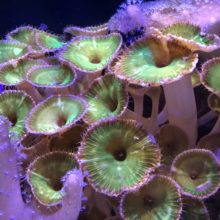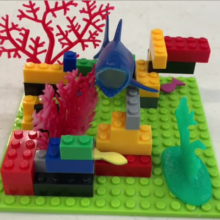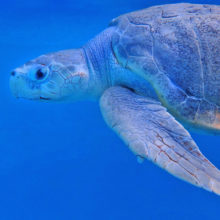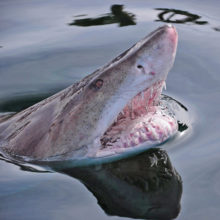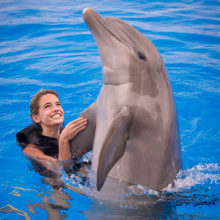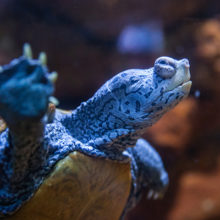Ecosystem Engineers
Overview:
An animal’s ecosystem is a complicated and ever-changing community that directly impacts the animal’s survival. Within its ecosystem, an animal must find resources essential to live. Such essential resources include food, water, shelter, appropriate social groupings, space, and air.
When we develop an environment for an animal here at Marineland, everything that an animal needs to ensure its well-being must be considered. Due to the great variation in needs among different animal species, animal habitats in zoos and aquariums must be similarly varied. To examine the complexity of designing a habitat that successfully supports a healthy animal, students will design a habitat for one of the species at Marineland.
Objectives:
- Students will identify the resources critical to an organism’s survival
- Students will be able to define the terms “habitat”, “ecosystem”, “niche”, “zoo”, and “aquarium”
- Students will understand the intimate relationship between an animal’s physiology and habitat
- Students will interpret the considerations involved in housing animals in a zoological community
- Students will have the opportunity to practice research methods



